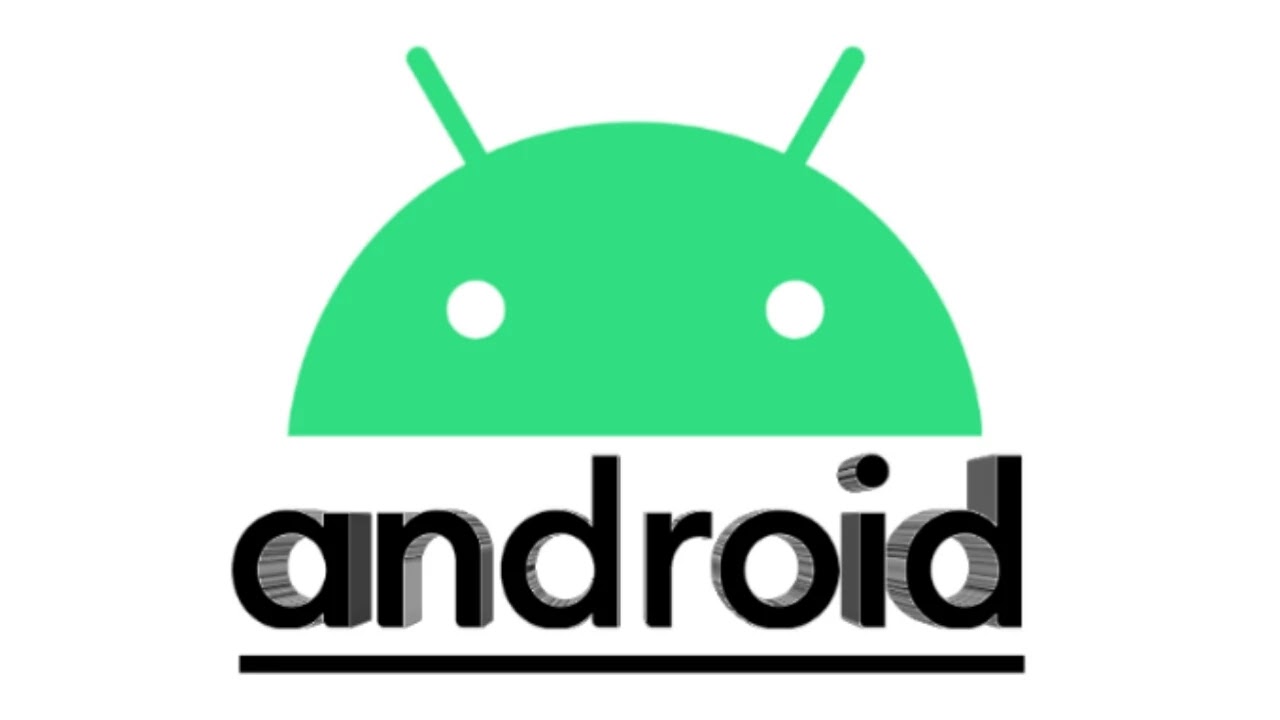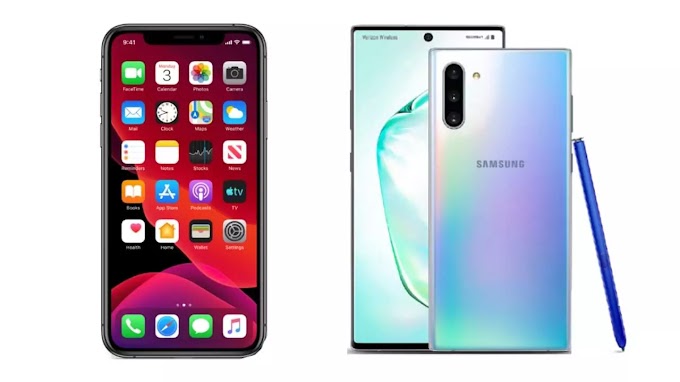What is Andriod
First of all, it is necessary to know that Android is not an mobile phone but an operating system developed by Google. The Android operating system is an operating system based on the Linux kernel, or it can also be said that it is a form or version of the Linux operating system that is customized by making Linux.
Learn more about Android Linux, which is an open source and free operating system, the main part of which is called Kernel, and the Android operating system has been created. Android is primarily designed with mobile devices in mind, so that we can do many things in our mobiles just like our computers.
The way we mostly use Windows in desktop or laptop computers, the same way Android comes for mobile and this is the most used in mobile. Android was initially launched only for mobile but as its market grew, Google started launching Android on other devices like TV, SmartWatch etc. The special thing about the Android operating system is that it is a free and open source operating system, that is, we do not have to pay separately for this, it comes with our mobile and anyone can see its source code.
 |
| What is android |
Open-source is said to be software whose source code is open to all, that is, anyone whose source code can be seen and anyone can improve according to their own. A great example of this is the Xiaomi mobile phone in which you must have seen MIUI. MIUI is built by customizing Android's source code.
What is Linux kernel?
The kernel is the main part of the operating system. It is the part that interacts directly with the hardware to a great extent. It has a specific system software for each hardware called a driver.
In simple words, if we talk about our desktop, then there are many hardware components in it, like processors, RAM, GPU, in addition to this, many hardware components are connected in it, in a similar way, you can do all these things in your mobile too. Get to see Now we need a system that allows the application software to use the entire hardware resources correctly, and access all these resources to the software correctly.
Suppose you have to type a letter, then you will open the AMSword, then this software would like it to use my keyboard, now I have one to give this software access to the keyboard hardware There should be authority which can grant this permission to him. Now if there is a need to save the typed letter, then this software will also need permission to use the hard disk. If you want to take a hard copy from the printer, then this software also needs permission so that it can fully use the printer hardversion
 |
| android version |
This is the whole permission or the controlling authority, it is the colonel. Actually the kernel is a software that is a part of the operating system, which acts as a bridge between our hardware and software, and the hardware that the application software needs is a request to the kernel and the kernel makes that software Allows to use those hardware according to its request.
History of the Android operating system
Android was first launched in November 2007 by Android Inc. Was launched by Android Inc. Was started by Andy Rubin in 2003. Which was bought by Google in 2005 and Andy Rubin was made the head of Android because Google liked the idea of Andy rubin so they kept the same idea and kept going even though after Android became popular In 2013, Andy Rubin left Google for one of his projects, but after he left Sundar Pichai was appointed head of Android in 2013 and he also contributed a lot to take Android forward.
Android version history)
You all must have heard all the names of Android Lollipop, Android Kitikat, Android Naugat etc. If you do not know what it is, then let me tell you that these are different versions of Android, which have new features at different times. There were many versions of Android, apart from these which were launched with more improvements, along with the launch, we got many changes and improvements in Android. Here is a list of all versions of Android.
 |
| android version history |
- Android Alpha (1.0)
- Android beta (1.1)
- Android Cupcake (1.5)
- Android Donut (1.6)
- Android Eclair (2.0, 2.1)
- Android Froyo (2.2)
- Android Gingerbread (2.3)
- Android Honeycomb (3.0, 3.1, 3.2)
- Android Ice Cream Sandwich (4.0)
- Android Jellybean (4.1, 4.2, 4.3)
- Android Kitkat (4.4)
- Android Lollipop (5.0, 5.1)
- Android Marshmallow (6.0)
- Android Nougat (7.0, 7.1)
- Android Oreo (8.0, 8.1)
As you can see above, Google gives each version of Android a special name that is named after a dessert, and Google gives all the names in an alphabetical order. Let us know about all these versions.
Android 1.0 alpha
Android 1.0 alpha was the first version of Android. It was launched in November 2007 and was launched commercially with HTC mobile HTC Dream on 23 September 2008.
Android 1.1
In this version of Android, you were given features like saving message attachment and long in-call screen off, time out. This version was launched in February 2009.
Android 1.5
Many versions were added to this version of Android, and the Android version of the series on chocolate and sweets started with this. In this version, we get to see many features like uploading videos to YouTube, and options for uploading photos on Picasa. Also, another new concept came out in this version of animated wallpapers, which we also call live wallpaper.
Android 1.6
In this, we got to see many new things like Gallery, Camcorder etc. and also saw the support of many hardware. Such as WVGA screen resolution and better camera resolution etc. It was launched in September 2009.
Android 2.0, 2.1
It also came with the support of the new Bluetooth 2.1 and support of Microsoft Exchange, as well as the support of HTML 5 in the browser so that it could easily run the website or web apps of the coming time, besides many features were added to it. It was launched on 26 October 2009.
Android 2.2
In this, some improvements were made in the browser and in addition Chrome's V8 javascript support engine was added to the Chrome browser, which used to load the website in a more optimized way. In addition, support for USB tethering and WIFI hotspot was also added.
Android 2.3
You may have also seen this because this version became very popular in India and many big companies started mobile in India after the arrival of this version, the most important thing was that it has extra-large means of WXGA displays. Support was added. And apart from this, it was much faster than the rest of the version, with many software improvements and hardware support as well as a lot of multimedia support added. This version was launched on 6 December 2010.
Android 3.0, 3.1, 3.2
Android honeycomb was specially designed with tablet devices in mind, so we did not get to see most of it in mobile but it also had many changes like support for native UI, hardware acceleration and navigation key etc. Support for multicore processors was also added in the same version. It was launched on 10 May 2011.
Android 4.0
This version also saw a lot of changes such as the introduction of the new Holo Theme for the phone, and in addition it introduced the Facial recognition software so that you could unlock your device with your face. Apart from this, onscreen Navigation buttons were also added to it. It was launched on 18 October 2011.
Android 4.1, 4.2, 4.3
This version of Android saw a lot of new things along with enhanced graphics. For example, boosted CPU performance enhanced accebility and many more. This version was released on 9 july 2012.
Android 4.4
With Android KitKat, changes have been made to the Android operating system such as Wireless Printing, Bluetooth MAP (Massage Access Profile) support, New Refreshed User Interface and verified boot, as well as a lot of changes for developers like Screen Recording. through ADB, and new APIs etc. Android Kitkat was launched on 31 October 2013.
Android 5.0 and 5.1
The year 2014 was a very special year for Android as it had a very special update of Android 5.0 and 5.1 released in it, the special thing in the update was that it introduced a very special Design Material Design of Android UI. Which is also seen in new updates, this design changed the entire interface of Android. Apart from this, many features were added in it like Updated Emoji and smart lock. Android 5.0 lollipop was launched on 12 November 2014.
Android 6.0
This version also came with many changes in itself such as Fingerprint scanner support, Doze mode, USB-C support and many more. This version was released in the year 2015 in the month of October.
Android 7.0 and 7.1
These updates were launched with Pixel Phones in 2016 and introduced many features such as Google Daydream VR support, improved Doze Mode, Google assistance, Ability to screen zoom, Data saver mode, Improved File browser, Unicode 9.0 emoji support And Quick settings option. This is just an overview. Apart from this, many features were added to it. Andriod Naugat was introduced on 22 August 2016.
Android 8.0, 8.1
Android 8.0 and 8.1 Oreo are the most recent versions of Android, in which we have got to see a lot of new things, some of the special features added to it are as follows-
Picture-in-picture supportMulti-Display supportGoogle-play protectFaster boot timeUnicode 10 supportWifi assitant
This is a special feature, apart from Android 8.0, it also has many features that you can see on the google developer page or on Wikipedia.
Why is Android so used?
Android is a great operating system. There are many reasons why it is great, as it is an open-source operating system based on linux kernal. Android has been very effective since the beginning, from above there is also a lot of developers for it, which keeps developing new apps for it.
One of the biggest reasons for Android OS to be popular is that mobile phones based on it are very cheap and bo also with very good and amazing features while its competitor Apple iPhone is very expensive and another reason for its popularity. It is that it has reached the market much earlier, while Windows Phone was launched much later.
But it is not at all that Android has its own merits. There are many flaws in this, as the hardware updates of every smartphone and customized according to the company, the latest updates do not reach all devices. Due to which the old devices go bad and waste over time.










